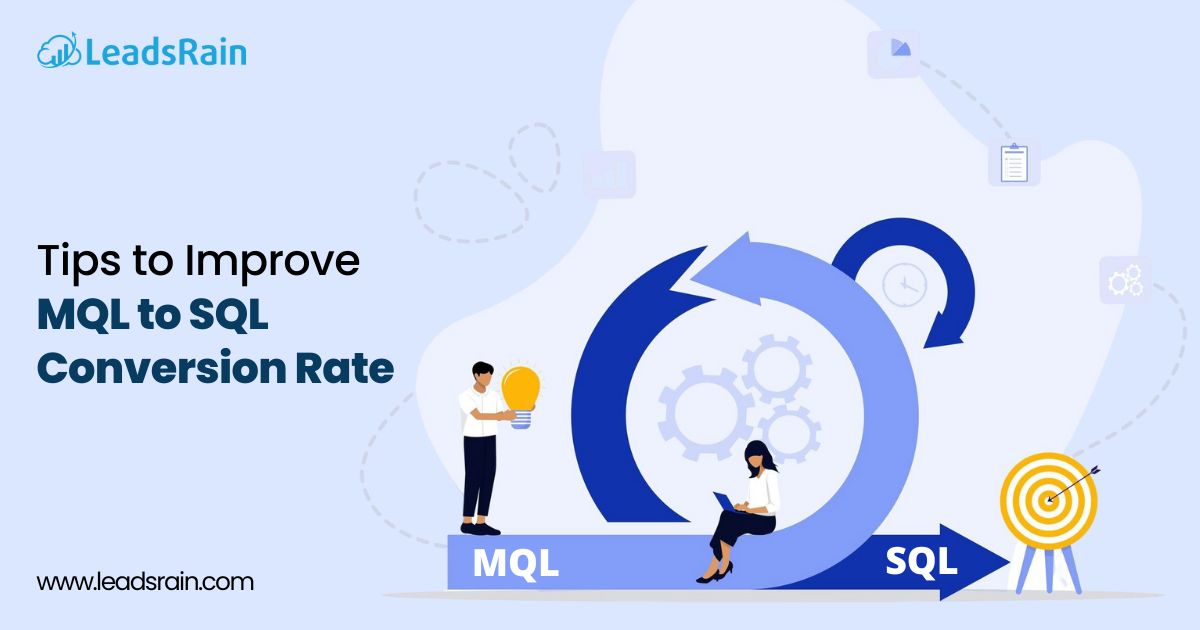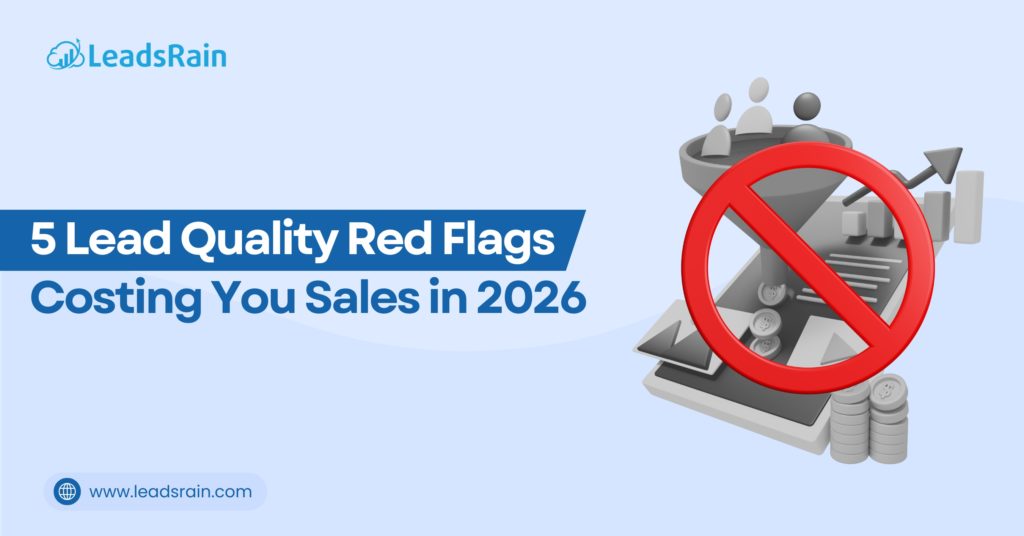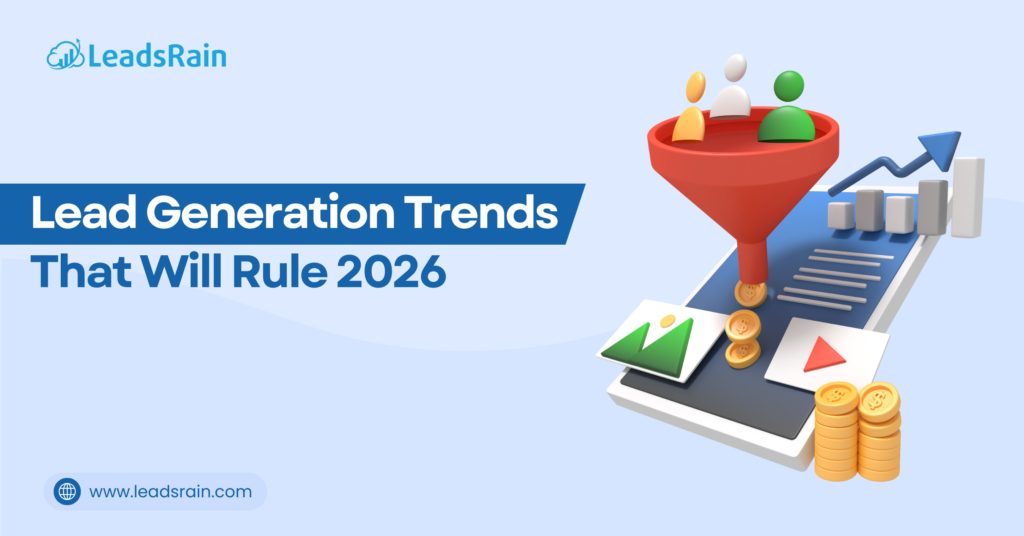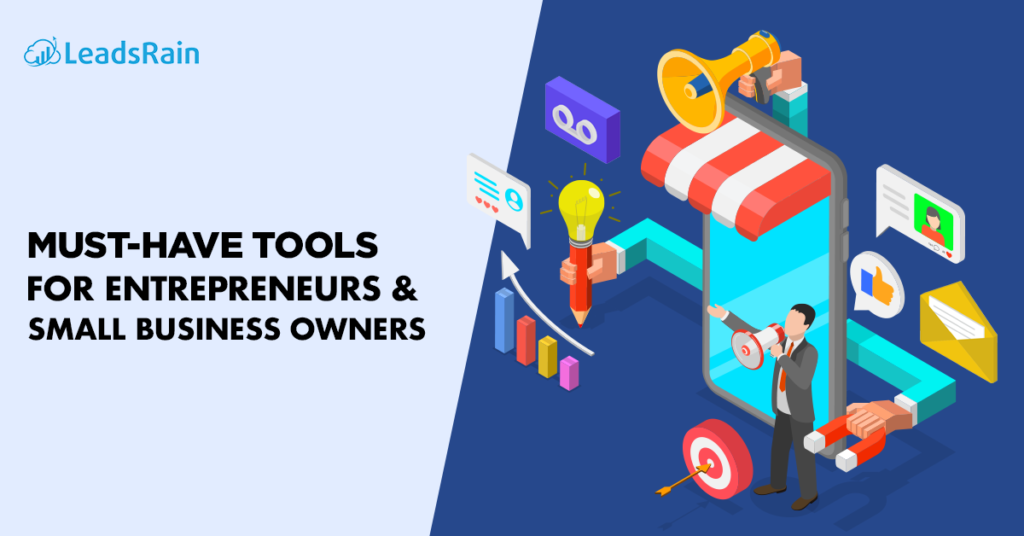Generating leads is just the beginning. The real challenge lies in turning those leads into revenue-generating opportunities. In the B2B marketing and sales funnel, this transformation occurs when a Marketing Qualified Lead (MQL) becomes a Sales Qualified Lead (SQL). An efficient MQL to SQL conversion process is critical to pipeline growth, and a weak conversion rate can be a sign of misaligned teams, poor lead quality, or inefficient nurturing.
This guide offers a comprehensive framework for increasing your MQL to SQL conversion rate through strategic alignment, smart automation, and data-driven optimization.
What is the MQL to SQL Conversion Rate?
A Marketing Qualified Lead (MQL) is a lead that has shown interest in your product or service based on marketing-defined engagement signals—such as downloading a whitepaper, subscribing to a newsletter, or attending a webinar. These leads have potential but are not yet ready for a direct sales conversation.
A Sales Qualified Lead (SQL) is an MQL that has been evaluated and accepted by the sales team as being ready for direct outreach. SQLs typically meet specific criteria such as budget, authority, need, and timeline (BANT).
Formula to Calculate the Conversion Rate:
MQL to SQL Conversion Rate = (Number of SQLs ÷ Number of MQLs) × 100
A high conversion rate between MQLs and SQLs indicates that your marketing efforts are attracting the right audience, and your qualification process is effective.
Why is the MQL to SQL Conversion Rate Crucial?
The MQL to SQL conversion rate is a vital performance metric that reflects how effectively your marketing efforts are driving high-quality, sales-ready leads. A high conversion rate typically indicates strong alignment between marketing and sales, efficient qualification processes, and campaigns that are targeting the right audience.
A low conversion rate, on the other hand, often signals deeper issues such as vague lead definitions, weak nurturing workflows, or poor sales follow-up. This creates friction within the funnel, resulting in wasted resources and missed revenue opportunities. Identifying where leads drop off can help uncover gaps in your strategy.
Improving this rate strengthens your sales pipeline, shortens the sales cycle, and boosts return on marketing investment. When marketing delivers better-qualified leads and sales follows up effectively, both teams contribute more predictably to business growth.
Proven Strategies to Improve Your MQL to SQL Conversion Rate
Improving your MQL to SQL conversion rate requires more than just passing leads from marketing to sales. It demands a systematic approach that aligns both teams, qualifies leads accurately, nurtures them with relevant content, and ensures timely and personalized outreach. When executed correctly, these steps lead to higher-quality opportunities and stronger pipeline performance. Below are seven actionable strategies to help you bridge the gap between marketing and sales, enhance lead quality, and ultimately drive more conversions.
1. Align Marketing and Sales Around a Unified Lead Definition
A misalignment between marketing and sales teams is one of the biggest factors contributing to a low conversion rate. Without a shared definition of what qualifies as a sales-ready lead, the handoff process becomes inconsistent and ineffective. Collaboration between teams is essential to define qualification criteria, agree on lead scoring rules, and establish accountability.
Best Practices:
- Develop a mutually agreed-upon lead scoring system that includes both behavioral and demographic data.
- Create a Lead Qualification SLA (Service Level Agreement) that outlines when marketing should pass a lead and when sales should follow up.
- Conduct bi-weekly alignment meetings to review conversion performance, share feedback, and make necessary adjustments.
- Ensure shared visibility across CRM systems to enable real-time collaboration and accountability.
2. Refine Your Lead Scoring and Segmentation
Accurate lead scoring ensures only high-quality prospects are sent to sales, reducing wasted time and improving efficiency. A dynamic scoring model that combines firmographic, demographic, and behavioral data helps filter out unqualified leads early in the funnel. Proper segmentation also allows marketing to deliver more personalized content that resonates with specific buyer personas.
Scoring Inputs to Consider:
- Job title, company size, industry, and decision-making authority
- Engagement levels with emails, webinars, and downloadable assets
- Page visits to key areas like pricing or product features
- Historical conversion trends and behavioral patterns
Recommended Tools: HubSpot, Marketo, Pardot, Salesforce Marketing Cloud
3. Use Intent Data to Identify Sales-Ready Prospects
First-party data provides limited insight into a lead’s true intent. Third-party intent data helps uncover what your prospects are researching across external platforms—giving you an edge in identifying high-intent buyers. Incorporating intent signals into your qualification process helps prioritize leads who are actively exploring solutions like yours.
Implementation Tips:
- Use intent data providers such as Bombora, ZoomInfo, or G2 to track relevant topics and signals.
- Combine external intent signals with internal behavior (e.g., demo requests, case study downloads).
- Prioritize outreach to accounts showing strong buying intent and route them directly to your sales team.
- Implement accelerated nurture workflows for mid-intent leads who need additional guidance.
4. Design a Lead Nurturing Strategy that Builds Trust
Not all MQLs are ready for a sales conversation. Lead nurturing fills the gap between awareness and purchase intent by educating prospects, building trust, and reinforcing your value proposition. An effective nurturing strategy provides the right message at the right time—based on each lead’s stage, interest, and behavior.
Components of an Effective Nurture Strategy:
- Segment leads based on lifecycle stage, buyer persona, or pain point
- Use multi-channel communication (email, retargeting ads, SMS, Voicemails)
- Deliver valuable content like case studies, whitepapers, and product videos
- Trigger follow-ups based on real-time behavior, such as revisiting your pricing page
- Personalize messages using the lead’s name, company, or specific interests
- Continuously test and optimize subject lines, message templates, voicemail script, and timing for better engagement
Recommended Tools: LeadsRain, FlowUp, Brevo, Mailchimp
5. Optimize the Lead Handoff Process
A seamless transition from marketing to sales is critical to avoid losing qualified leads. Delays or lack of context during the handoff can result in missed opportunities. Optimizing this process ensures that sales receives every lead at the right moment, with the right information for a productive conversation.
Key Steps to Streamline Handoff:
- Trigger real-time sales alerts using your CRM when a lead reaches SQL status
- Share a Lead Engagement Profile that includes campaign history, downloaded content, and expressed interests
- Offer guidance on messaging based on the lead’s interaction history and referral source
- Monitor handoff time and follow-up responsiveness to maintain lead momentum
6. Empower Sales Teams with Content and Training
Sales reps need more than just contact information to close deals—they need tailored messaging, proof points, and tools that align with the buyer’s journey. Providing access to sales enablement materials and ongoing training ensures reps are well-equipped to handle objections, present value clearly, and build trust with prospects.
Enablement Tools to Provide:
- Pre-built email templates for different personas or verticals
- Industry-specific case studies and testimonial decks
- Interactive ROI calculators and product walkthroughs
- Objection-handling playbooks that align with marketing campaigns
- Regular workshops or micro-training sessions to reinforce best practices
7. Audit and Optimize Regularly
Improving conversion rates is not a one-time effort. Ongoing analysis of your lead funnel is essential to identify bottlenecks, uncover high-performing segments, and refine your qualification process. Continuous optimization ensures your strategies stay relevant as market conditions, buyer behavior, and sales cycles evolve.
Key Metrics to Monitor:
- MQL to SQL conversion rate by source, persona, and campaign
- Average response time after handoff to sales
- Rate of SQLs converting into opportunities or deals
- Sales team feedback on lead readiness and quality
Optimization Tip: Use closed-loop reporting and attribution models to trace outcomes back to lead source and activity. This enables better decision-making for future campaigns.
Final thoughts
Improving your MQL to SQL conversion rate starts with tightening the connection between lead quality, timing, and sales readiness. Every touchpoint—from segmentation to handoff—should contribute to moving the lead closer to a meaningful sales conversation. When marketing and sales work in sync and leverage real-time intent signals, the transition from interest to qualification becomes more efficient and impactful.
Teams that regularly audit their funnel, fine-tune scoring models, and personalize lead nurturing at scale are better equipped to drive consistent growth. For expert assistance in optimizing your lead conversion strategy or implementing advanced automation, reach out to support@leadsrain.com.




